Best Ux Design Tools 2017
The list of design tools and non-design tools I have utilized
During my journey as a UX/UI Designer, I have utilized various design tools and getting familiar with non-design tools.
![]()
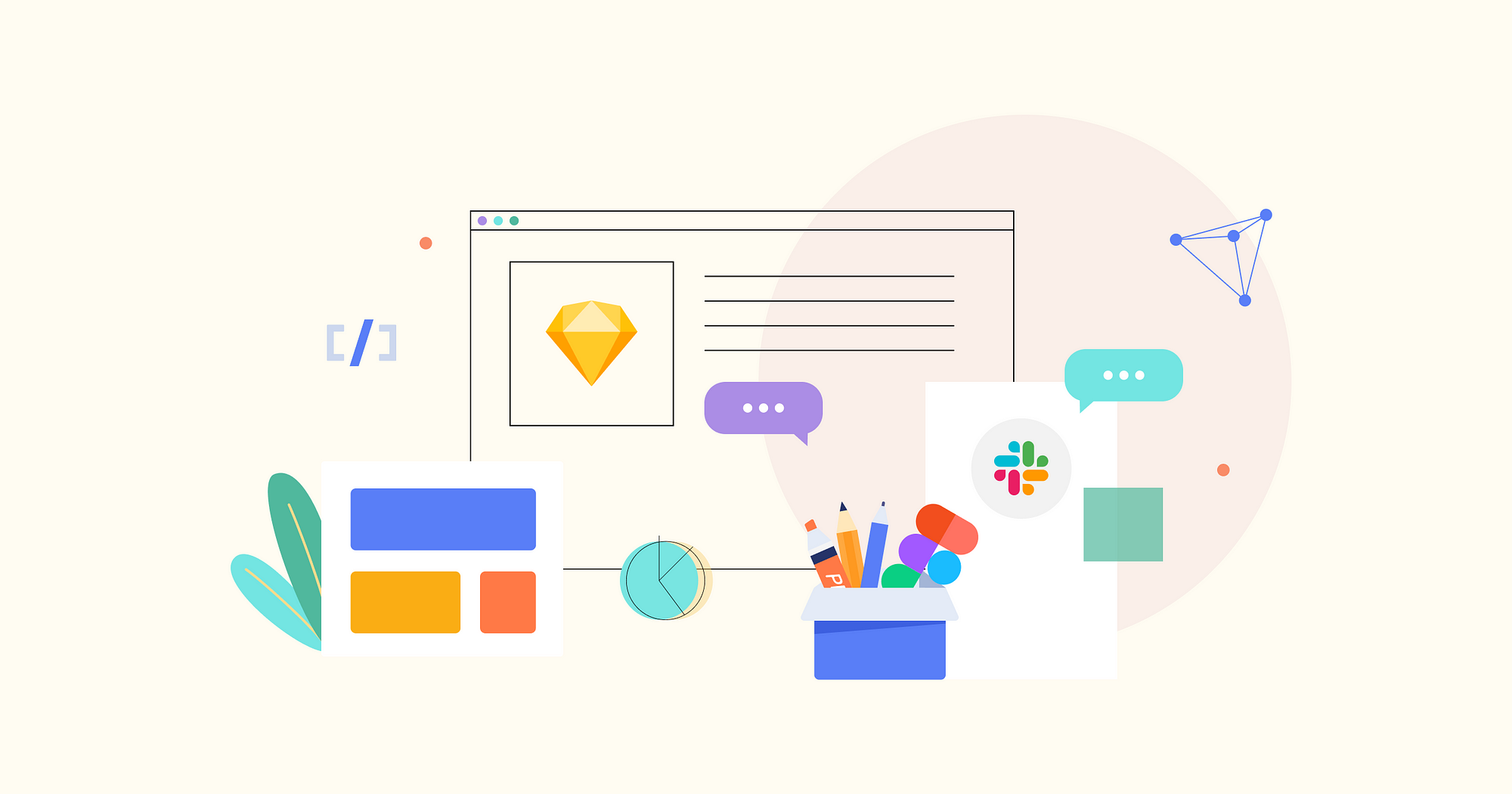
UX/UI Designers and their tools
First and foremost, understanding technology and getting to grips with the design tools also non-design tools are a part of the learning curve as a UX/UI Designer. They need to have a keen grasp of the technology they are working with. In general, UX/UI Designers utilize various programs and platforms to communicate design efficiently.
Over time, UX/UI Designers will be familiar with the tools. They might have some consideration and particular preference of which tools are suitable for them, either design tools or non-design tools. Choosing the tools also depends on the type of project. As long as UX/UI Designers keep experimenting with a number of tools, they will eventually be able to decide on the necessary tools. On top of that, they acquire knowledge of the industry tools.
My list of tools
I have utilized these tools during my journey as a UX/UI Designer. You will also find technical tools as a playground where I learn and practice design development 👩💻
Design tools
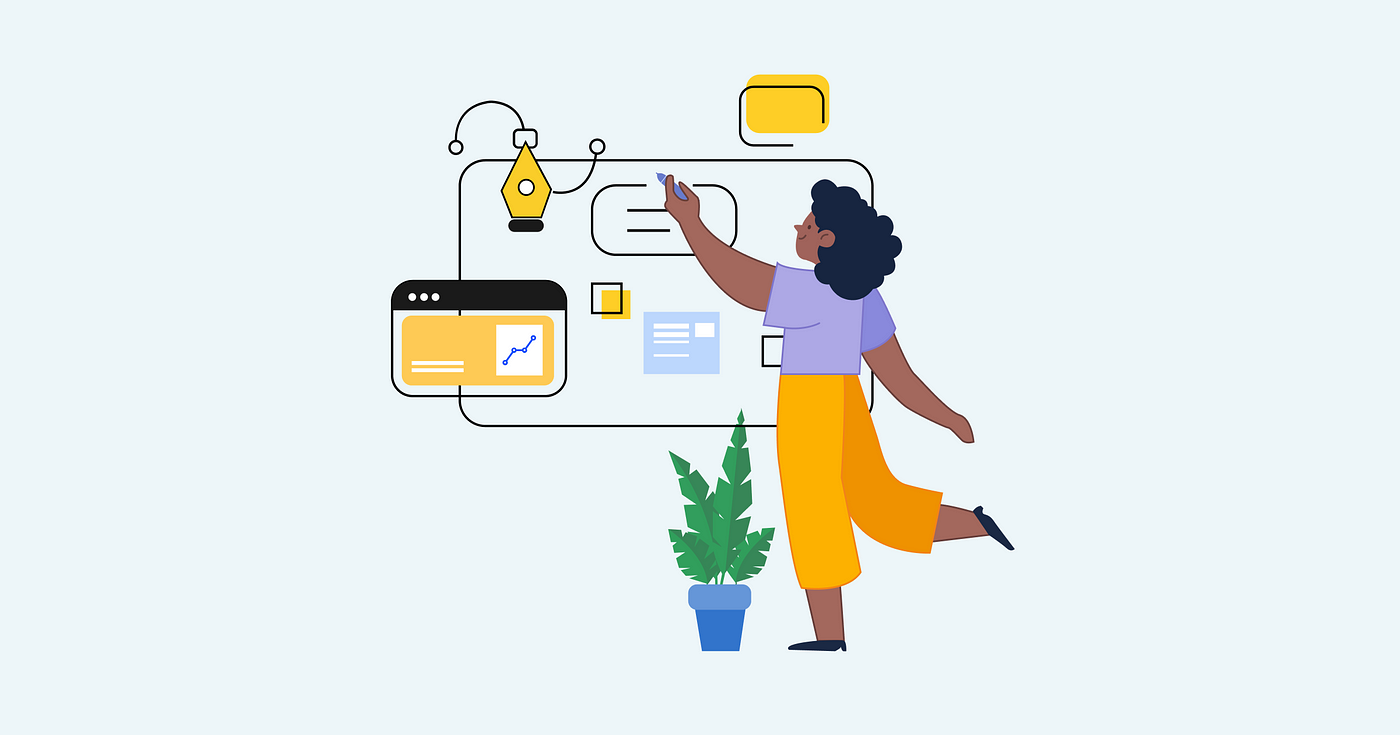
Figma
On a daily basis, I often utilize Figma for designing high-fidelity mockups. Figma is reliable in terms of scalability. It is a web-based design tool with real-time collaboration. Figma can be run on all full desktop operating systems (MacOS, Windows, Linux, etc), as well as Chrome OS. It also has desktop applications available for both MacOS and Windows.
Sketch
I occasionally utilize Sketch for my personal projects only. Sketch's limitation lies in the operating system and plugins. It only works on MacOS. Sketch plugins mostly paid. However, they keep improving their features.
It is also a good start they have launched real-time collaboration in public beta. Previously, Sketch's competitor had built the real-time collaboration feature.
Adobe XD
It was in 2016 the first time I utilized Adobe XD in designing user interfaces. I discontinued it in 2017 because they do not have a real-time collaboration feature and multiple pages. I can not organize my artboards and separate them based on platforms. These features are finally catered by Sketch and Figma.
Adobe Photoshop
I have ever utilized Photoshop to design user interfaces.
Yes, you read it right! 😬
I remembered how sluggish Photoshop when I created a bunch of artboards. Since then I use it for photo editing only.
Adobe Illustrator
I occasionally utilize Illustrator for designing a logo, a card, or simple user interface components such as icons.
Handoff tools
Zeplin
Zeplin has the integration with Sketch. The developers can inspect the elements of design screens precisely. I occasionally utilize it for my freelance projects. My previous company was getting used to it before discontinued Zeplin and Sketch.
Abstract
Abstract is similar to Git in terms of features. It has branching, merging, and deletion features. It's a designer version that capable to work likewise developers; design gets commits and merge. I used it at my previous company because Abstract only integrates with Sketch.
Brainstorming tools
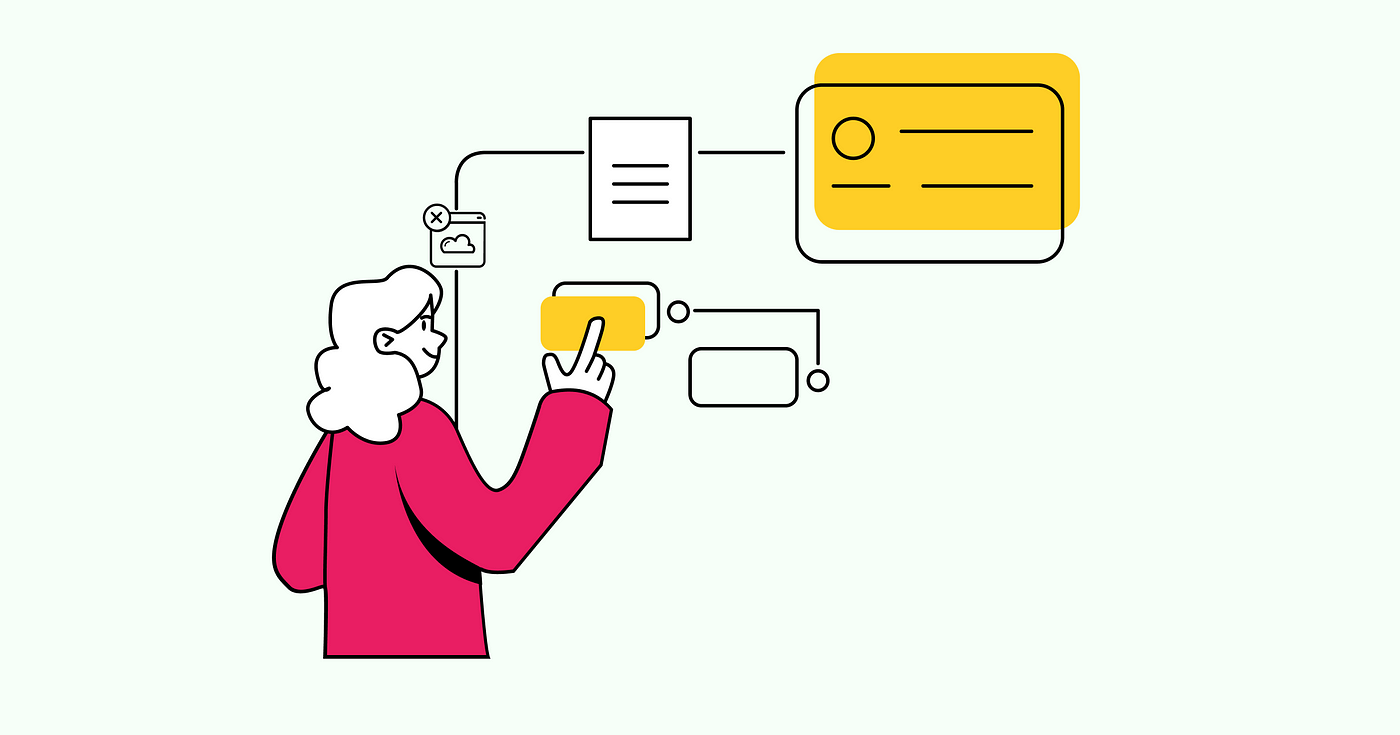
Miro
Miro is an online visual collaboration platform for teamwork. I was introduced to Miro by my freelance team in 2017. Back then, Miro had no real-time collaboration feature but now it's great that the Miro team enhances their features.
GitMind
Gitmind is an online mind mapping and brainstorming tool. I was looking for an alternative tool besides Draw.io and my co-worker introduced GitMind. I utilize GitMind for creating a flowchart. It's cloud storage based so we can share it within team.
Draw.io
Diagrams.net (formerly draw.io) is an online diagram software where we can create a flowchart, database schema, and ER diagram. The interface is simple hence I can create a flowchart easily.
Wireframing tools

Whimsical
Whimsical includes a rich library of configurable elements like buttons, inputs, checkboxes, and many more. I create most of my wireframes here. It is incredible! Glad that my former UX Lead introduced this tool.
Balsamiq
I have utilized Balsamiq since 2011. I created lo-fi wireframes in Balsamiq for my projects at university. Balsamiq is good for a simple wireframe only.
Axure
I discovered Axure in 2016 as an alternative to Balsamiq because I needed to create hi-fi wireframes. The user experience was not intuitive at that time. However, it was a useful tool for creating hi-fi wireframes.
Project Management tools
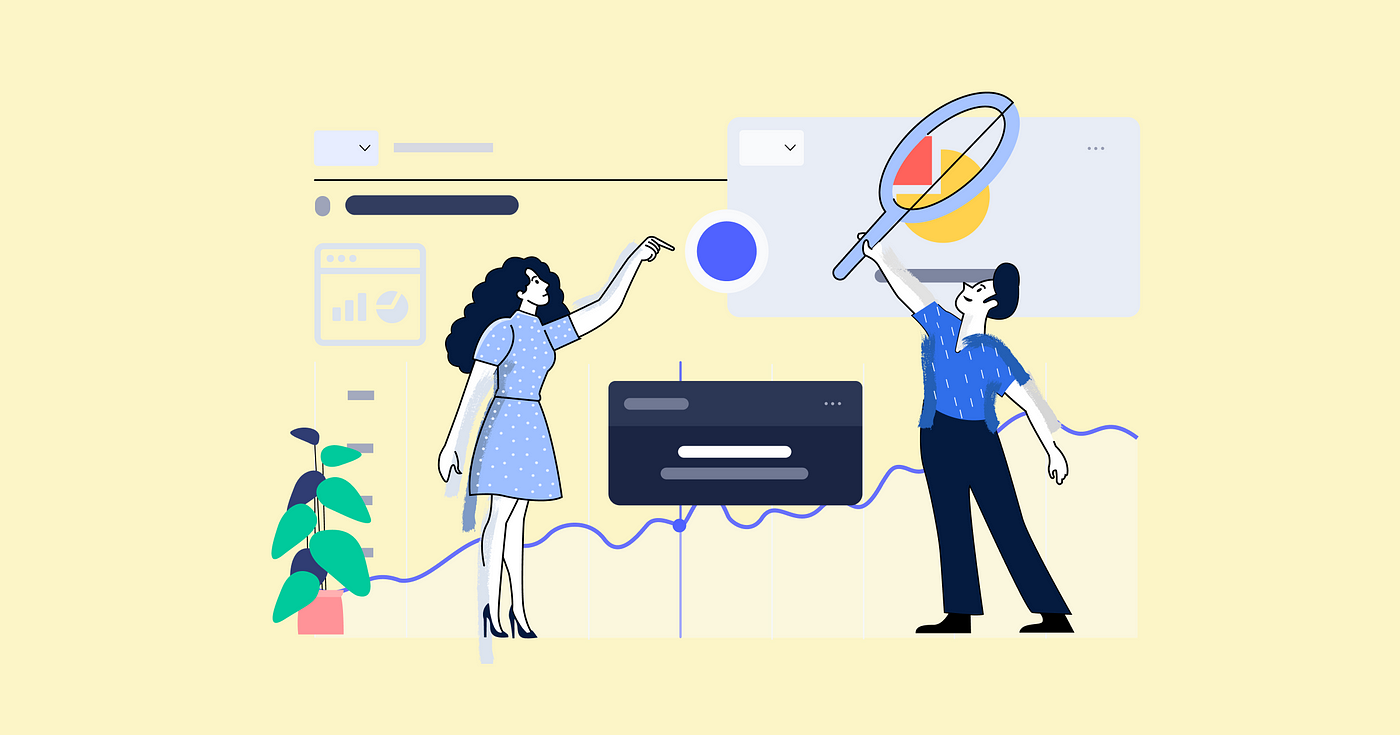
Trello
Trello is a drag and drop kanban board where we can organize tasks and prioritize projects. I usually utilize it for my freelance projects.
Asana
Asana is a web and mobile application designed to help teams organize, track progress, and manage tasks. The product team usually utilize Asana for creating design tasks. I have had a great experience with Asana because it is easy to use and the interface is intuitive. The fascinating moment is once you complete a task, the unicorns fly. Awesome animation! 🦄
Jira
Jira is a project management tool for agile teams. Jira is mostly used by the developer team. They usually plan the development of features, create tickets, track bugs, and track tasks progress in Jira. I also use Jira at my current company for tracking the development progress relates to my tasks in Asana.
Airtable
I have utilized Airtable for my freelance projects. Airtable looks like a spreadsheet but with powerful features. There is a content pipeline where you can put the list of prioritization tasks.
Documentation tools
Notion
My former product team utilized Notion for creating a Product Requirements Document (PRD). All design task description was written there as well as design guidelines and research data.
Confluence
Confluence is a workspace for the team to collaborate and share information. I utilize Confluence at my current company for writing the scope of work, collecting feedback, and research data. It is a single source of truth where we can refer to the documentation.
Design testing tools
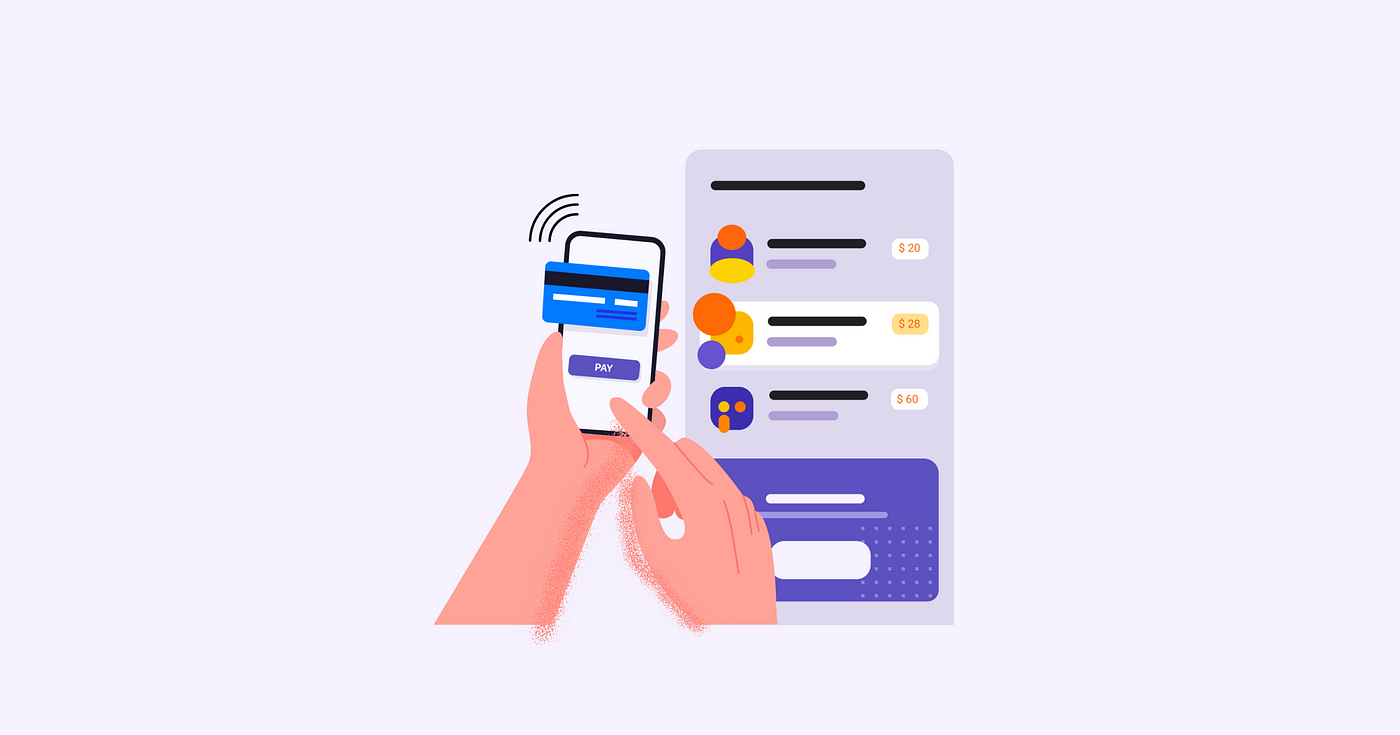
Maze
I utilize Maze for conducting usability tests and gathering user insights. Maze provides a heatmap and directly calculates the usability score after the test completed. Basically, I create a mission and path from my designs. The integration with Figma makes it easy to upload all the design screens into Maze.
Marvel
I have utilized Marvel for testing some design alternatives before I decide to move forward with the finalization.
InVision
I often utilize InVision for conducting qualitative research. Basically, I create clickable paths and open the prototype on my smartphone. Participants usually do the test onsite.
Communication tools
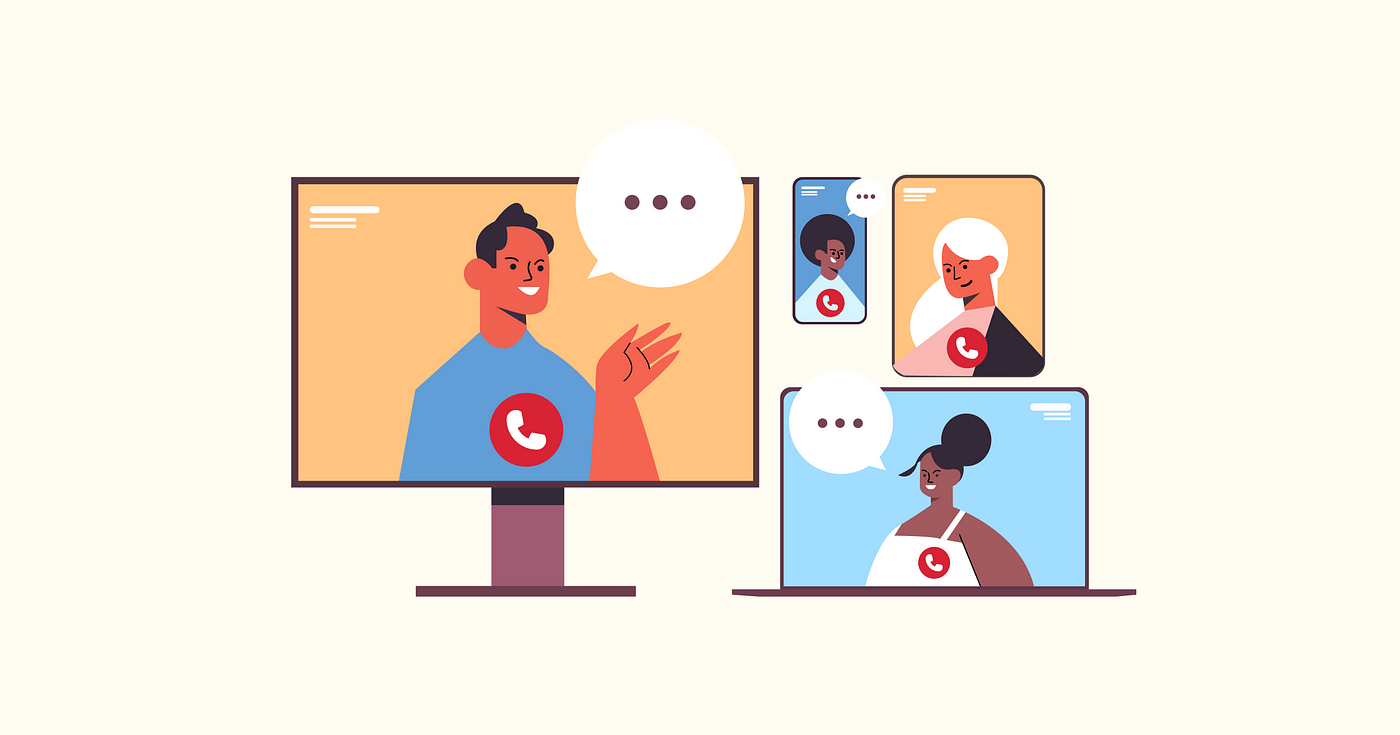
Slack
I think Slack is the most widely used communication tool because it has numerous integrations that allow third-party apps to interact, create, and receive messages. Slack accelerates the working process and creates faster communication.
Zoom
Since the pandemic, the utilization of Zoom has increased because schools and offices work from home. I also utilize Zoom for weekly meetings.
Skype
I have utilized Skype for communicating with the team at my previous company.
Google Hangouts
I also utilize Google Hangouts for reporting the daily updates regarding my work and other meetings.
Discord
Discord is slightly similar to Slack and I can easily have the updated information from Figma and Adobe XD community.
Text Editor Tools
As I am keen on design development, I learn it by utilizing these text editor tools:
Sublime Text
I have been using Sublime since 2016 because at that time I worked as a Frontend Developer. In terms of performance, Sublime Text is lightweight and it is optimized for speed. The interface is also intuitive.
Brackets
Brackets is a design-oriented text editor. It has better features for web design.
Atom
In terms of performance, Atom is not lightweight. Therefore, it is suitable for non-heavy development. Most of my co-workers who are developers prefer Sublime Text or Visual Studio Code.
That is all the list of the design tools and non-design tools I have utilized. I am sure that there are many tools out there that I do not know yet. If you have recommended tools that are not listed here, do not hesitate to add yours in the comment! Thank you for reading 😊
👋 Any questions or just want to say hi? LinkedIn | Website | Dribbble
Best Ux Design Tools 2017
Source: https://bootcamp.uxdesign.cc/the-list-of-design-tools-and-non-design-tools-i-have-utilized-15d0243144ca
Posted by: mashburnguideare.blogspot.com

0 Response to "Best Ux Design Tools 2017"
Post a Comment